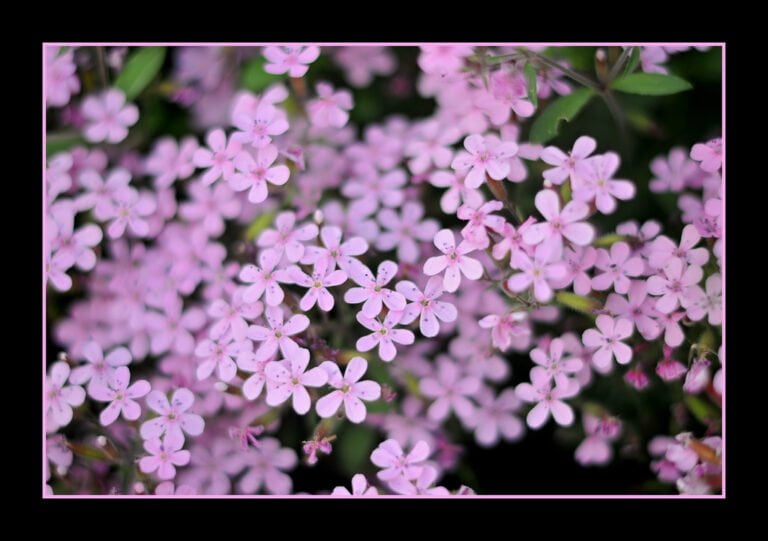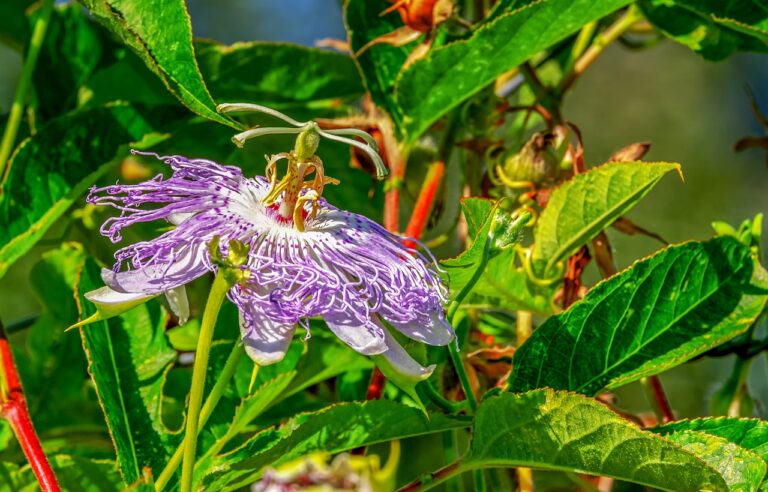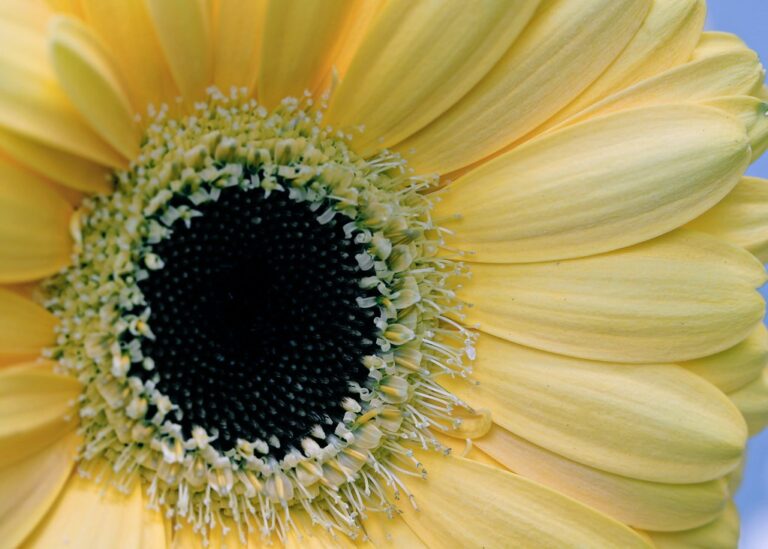Understanding the Symbolism and Meaning of Snowdrops Flowers
Are you curious about the hidden meanings behind snowdrop flowers? Look no further! In this article, we'll explore the symbolism and significance of these delicate blooms. From their historical significance to their cultural meanings and spiritual interpretations, we'll delve into the rich tapestry of symbolism that surrounds snowdrops. Whether you're seeking hope, purity, or resilience, snowdrops have a message to share. Join us as we uncover the fascinating world of snowdrop flower symbolism.
Historical Significance of Snowdrops
In the past, you may have wondered about the historical significance of snowdrops. These delicate white flowers have a rich history that dates back centuries. Snowdrops are believed to symbolize hope, purity, and rebirth. They are often associated with the arrival of spring, as they are one of the first flowers to bloom after the long winter months. In ancient times, snowdrops were seen as a symbol of renewal and the triumph of life over death. They were also used medicinally for their healing properties. Today, snowdrops continue to be cherished for their beauty and symbolism. They are often given as gifts to bring hope and comfort to those in need. Snowdrops truly hold a special place in history and in the hearts of those who appreciate their significance.
Cultural Meanings Attached to Snowdrops
Snowdrops hold cultural meanings that have been cherished for centuries. These delicate white flowers symbolize purity, hope, and the arrival of spring. In many cultures, snowdrops are seen as a symbol of rebirth and renewal, representing the triumph of life over death. Their appearance in late winter or early spring is often associated with the end of the cold and dark winter months, bringing a sense of optimism and anticipation for the warmer days ahead. Snowdrops are also associated with hope and healing, often seen as a sign of new beginnings and a fresh start. Their resilience and ability to bloom even in harsh conditions serve as a reminder to persevere through difficult times and find beauty in even the most challenging circumstances.
Symbolism of Snowdrops in Literature
Explore the rich symbolism of snowdrops in literature, where these delicate flowers come to life through vivid descriptions and powerful metaphors. Snowdrops, with their pristine white petals and graceful drooping heads, have captivated the imaginations of poets and writers throughout history. They are often used to symbolize hope, purity, and rebirth. In literature, snowdrops are frequently associated with new beginnings, as they are one of the first flowers to bloom in the early spring, pushing through the cold, barren ground. Their appearance after the long winter months signifies the arrival of warmer days and the promise of renewal. Snowdrops are often used as a metaphor for resilience, reminding readers that even in the harshest of conditions, beauty and growth can still thrive.
Spiritual and Religious Interpretations of Snowdrops
As you delve into the spiritual and religious interpretations of snowdrops, you will discover the profound significance attached to these delicate flowers. In various spiritual traditions, snowdrops are seen as symbols of purity, hope, and renewal. Their ability to bloom in the midst of winter represents resilience and the triumph of life over adversity. In Christianity, the snowdrop is often associated with the Virgin Mary, symbolizing her purity and innocence. In Celtic folklore, snowdrops are believed to bring blessings and protection. The sight of these white flowers emerging from the cold, barren earth is seen as a sign of the divine presence and the promise of a new beginning. Snowdrops remind us to have faith in times of darkness, and to trust that beauty and light will always prevail.
Snowdrops as a Symbol of Hope and Renewal
Discover the transformative power of snowdrops as they symbolize hope and renewal. These delicate, white flowers emerge from the cold, barren ground, signaling the end of winter and the beginning of spring. As you gaze upon their slender stems and drooping petals, you can't help but feel a sense of optimism and anticipation. Snowdrops remind us that even in the darkest of times, there is always a glimmer of hope. They teach us to persevere, to believe in the possibility of new beginnings. With their arrival, they bring a renewed sense of life and the promise of brighter days ahead. Let the snowdrops inspire you to embrace change, to let go of the past, and to embrace the beauty of renewal.
Snowdrops in Art and Symbolism
Learn about the significance of snowdrops in art and symbolism. Snowdrops have long been a popular motif in art, representing purity, rebirth, and the arrival of spring. In paintings, these delicate flowers are often depicted as a symbol of hope and new beginnings. Artists use them to convey a sense of optimism and the promise of better days to come. Snowdrops also hold deep symbolism in literature and poetry, where they are associated with themes of resilience, perseverance, and the triumph of life over adversity. Their delicate beauty and ability to bloom even in the harshest conditions make them a powerful symbol of strength and renewal. Whether they are portrayed in a painting or used as metaphors in poetry, snowdrops continue to inspire and uplift, reminding us of the beauty that can emerge from even the darkest of times.
Snowdrops as a Symbol of Purity and Innocence
Snowdrops, the delicate flowers depicted in art and associated with purity and rebirth, symbolize innocence and evoke a sense of hope and new beginnings. These dainty white flowers, with their drooping bell-shaped petals, emerge from the cold, barren winter ground, bringing a touch of beauty and purity to the landscape. Snowdrops are often seen as heralds of spring, signifying the end of the harsh winter and the start of a fresh, new season. Their pristine white color represents purity, while their ability to bloom amidst the snow symbolizes resilience and the triumph of life over adversity. Snowdrops inspire a feeling of innocence and simplicity, reminding us to embrace the purity within ourselves and approach life with a sense of hope and optimism. These flowers serve as a gentle reminder that even in the darkest of times, new beginnings are possible.
Snowdrops as a Harbinger of Spring
As you observe the delicate snowdrops emerging from the cold winter ground, you can't help but be reminded that spring is just around the corner. These small, white flowers symbolize hope and renewal, signaling the end of the harsh winter and the beginning of a new season. Their slender stems and graceful blooms seem to defy the lingering frost, bringing a sense of warmth and anticipation to the air. Snowdrops are the first to bloom, their arrival eagerly awaited by those who long for brighter days and vibrant landscapes. Their presence serves as a gentle reminder that even in the midst of the coldest and darkest times, there is always the promise of a fresh start and the beauty of springtime just waiting to burst forth.
Snowdrops as a Symbol of Resilience and Survival
Embracing the harsh winter conditions, snowdrops embody resilience and survival. These delicate white flowers, with their drooping petals and green stems, have a remarkable ability to bloom amidst the freezing temperatures. It is a testament to their strength and determination that they can thrive when everything else seems frozen and lifeless. As the first flowers to emerge in late winter or early spring, snowdrops bring hope and inspiration to those who witness their arrival. They serve as a reminder that even in the darkest and coldest of times, there is always a glimmer of light and the possibility of new beginnings. Snowdrops teach us the importance of perseverance and the power of resilience in the face of adversity. When life's challenges seem insurmountable, take solace in the snowdrops' message of survival and let their beauty be a source of strength.
Snowdrops in Folklore and Mythological References
Continuing the exploration of snowdrops' significance, let us delve into the realm of folklore and mythological references surrounding these delicate flowers. Snowdrops have long been associated with hope and purity, and their presence in folklore only adds to their enchantment. In Greek mythology, snowdrops were said to have sprung from the tears of the goddess Persephone, symbolizing the arrival of spring and rebirth. In some European folklores, snowdrops were believed to possess magical properties, capable of warding off evil spirits and bringing good luck. It is said that finding the first snowdrop of the year brings prosperity and abundance. Additionally, in Celtic folklore, snowdrops were seen as messengers of hope and a sign that winter's grip was loosening. These mythological references further emphasize the snowdrop's symbolism of renewal and the promise of brighter days ahead.
Conclusion
In conclusion, snowdrops hold a rich historical and cultural significance, symbolizing hope, purity, resilience, and the arrival of spring. They have been revered in literature and embraced in spiritual and religious contexts, embodying renewal and survival. Snowdrops' delicate beauty and ability to bloom amidst the cold winter months make them a powerful symbol of endurance and the promise of brighter days ahead. Their presence in folklore and mythology further adds to their mystique and allure.






